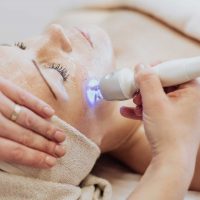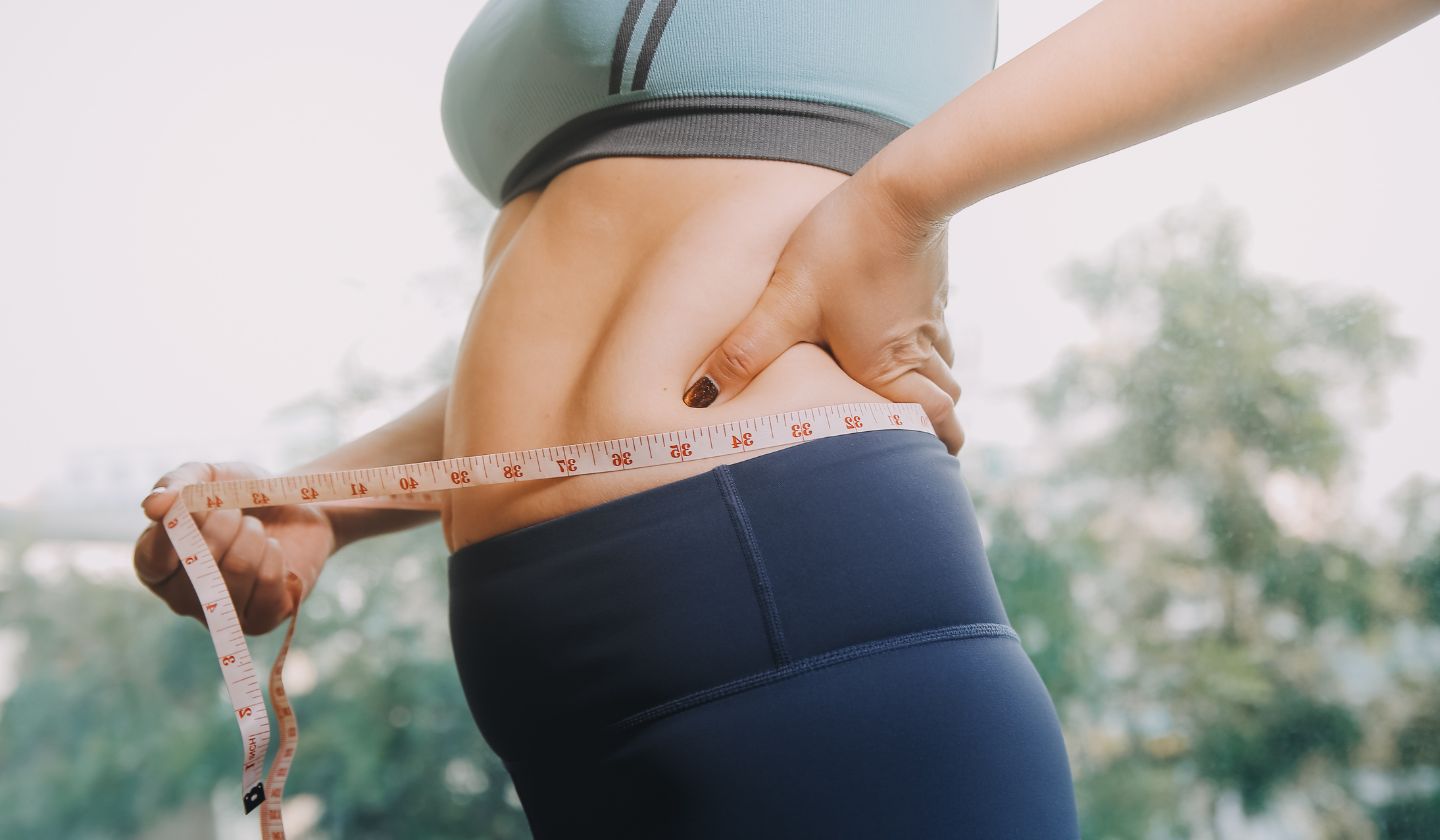Non-surgical facial contouring enhances facial features without surgery, using techniques like Botox, dermal fillers, or energy-based devices. Popular areas treated include the jawline, cheeks, and under-eye region. It offers minimal downtime, quick results, and costs between $300 to $2,400 per session. Over 1.4 million procedures were performed in the U.S. in 2023.
What Is Non-Surgical Facial Contouring?
Non-surgical facial contouring refers to cosmetic procedures that enhance facial features and structure without the need for surgery. These treatments use advanced techniques like injectables, lasers, or energy-based devices to address issues such as sagging skin, loss of volume, or uneven contours.
These procedures are often chosen for their minimally invasive nature and quick recovery. Most options require little to no downtime, making them accessible for individuals with busy schedules. The results typically range from temporary improvements lasting a few months to more extended effects that can endure for years.
In the United States, over 1.4 million non-surgical facial contouring procedures were performed in 2023, reflecting a significant rise in demand. Factors contributing to this trend include advancements in technology, cost-effectiveness compared to surgery, and increased social acceptance of aesthetic enhancements.
Benefits of Non-Surgical Facial Contouring
Non-surgical facial contouring offers several advantages, making it an appealing choice for many individuals. These benefits include:
Minimally Invasive Techniques
Treatments involve no surgical cuts or general anesthesia. Procedures like dermal fillers or Botox use tiny injections, minimizing discomfort.
Quick Recovery Times
Most patients return to regular activities within 1-3 days. Treatments like CoolSculpting or Kybella typically have little to no downtime.
Natural-Looking Results
Enhancements are subtle, aiming to improve facial harmony without creating an artificial appearance.
Customizable Options
Different procedures target specific concerns, such as lifting sagging skin, reducing fat, or restoring volume. For instance, Kybella focuses on submental fat, while fillers enhance cheeks or jawlines.
Cost Efficiency
With prices ranging between $300 to $2,400 per session, these treatments are generally more affordable than surgical alternatives, which often cost significantly more.
Low Risk of Complications
Procedures carry fewer risks compared to surgery, with the most common side effects being temporary swelling, bruising, or redness.
By 2028, the U.S. market for such procedures is projected to exceed $15 billion, driven by growing demand and advancements in medical technology.
Popular Non-Surgical Techniques for Facial Contouring
Several non-surgical methods are available for contouring the face, each addressing specific concerns. Below are the most widely used techniques and their attributes:
Dermal Fillers
Purpose: Add volume, smooth wrinkles, and enhance facial contours.
Areas Treated: Cheeks, jawline, lips, nasolabial folds.
Duration: Results last between 6 months and 5 years, depending on the filler type.
Procedure Time: 30-60 minutes.
Recovery: Minimal, with mild swelling or bruising lasting 1-2 days.
Botox and Neurotoxins
Purpose: Relax muscles to reduce wrinkles and refine facial expressions.
Common Targets: Forehead lines, crow’s feet, and neck bands.
Duration: Effects last 3-6 months.
Procedure Time: 15-30 minutes.
Recovery: Immediate return to activities with minor redness.
Kybella
Purpose: Reduce submental fat (double chin) using deoxycholic acid.
Treatment Plan: 2-6 sessions spaced one month apart.
Effectiveness: Permanent destruction of targeted fat cells.
Side Effects: Temporary swelling and numbness in the treated area.
CoolSculpting (Cryolipolysis)
Purpose: Freeze and eliminate fat cells in the jawline or chin.
Sessions: Typically 1-2 treatments needed.
Results Timeline: Noticeable improvements within 3 months.
Comfort: Mild discomfort due to the cold but no anesthesia required.
Ultherapy
Purpose: Tighten skin and stimulate collagen production using ultrasound technology.
Ideal For: Sagging skin on the neck, jawline, and cheeks.
Duration: Results last approximately 12-18 months.
Downtime: None, though mild redness or swelling may occur.
Radiofrequency (RF) Microneedling
Purpose: Improve skin texture, tone, and laxity.
Focus Areas: Fine lines, wrinkles, and loose skin around the eyes and mouth.
Sessions Required: 3 treatments spaced 4-6 weeks apart.
Recovery: Minimal, with redness lasting 1-2 days.
Commonly Treated Areas in Non-Surgical Facial Contouring
Jawline and Chin
Objective: Define the jawline and reduce the appearance of a double chin.
Popular Treatments: Kybella, CoolSculpting, fillers.
Results: Improved jawline symmetry and chin projection.
Cheeks
Objective: Restore volume and contour.
Techniques: Dermal fillers, RF microneedling.
Outcome: Fuller, youthful appearance with elevated cheekbones.
Forehead
Objective: Smooth dynamic wrinkles and enhance skin texture.
Common Procedures: Botox, Ultherapy.
Benefits: Refined, smooth forehead appearance.
Nasolabial Folds and Marionette Lines
Goal: Reduce deep lines around the mouth for a softer expression.
Methods Used: Dermal fillers.
Effect: Youthful and rejuvenated mid-face.
Eyes
Purpose: Diminish crow’s feet, under-eye hollows, and loose skin.
Techniques Applied: Botox, RF microneedling.
Results: Brighter, refreshed eye area.
Neck
Objective: Tighten sagging skin and remove fat deposits.
Recommended Treatments: Ultherapy, Kybella.
Outcome: Smoother, firmer neck profile.
Safety Considerations and Risks of Non-Surgical Facial Contouring
Non-surgical facial contouring is generally regarded as safe when performed by qualified practitioners. However, potential risks include:
Practitioner Qualifications
Procedures must be conducted by board-certified professionals.
Common Side Effects
- Injectables: Temporary swelling or bruising.
- Energy-Based Treatments: Mild redness or skin sensitivity.
- Fat Reduction Techniques: Swelling or numbness in treated areas.
Rare Risks
Allergic reactions, vascular complications, or infections.
Pre-Treatment Considerations
Full medical history disclosure is necessary to identify contraindications.
Factors to Consider Before Choosing Non-Surgical Facial Contouring
Treatment Goals
Identify specific areas for enhancement.
Costs
Price ranges from $300 to $2,400, depending on the treatment.
Maintenance
Botox requires 3-6 months; fillers last up to 2 years.
Regulations and Standards for Non-Surgical Facial Contouring in the United States
FDA Approval
Procedures like Botox, Juvederm, and Kybella are FDA-approved.
Practitioner Licensing
Licensed dermatologists or certified providers must perform treatments.
Clinic Standards
Clinics must comply with strict state and federal health regulations.
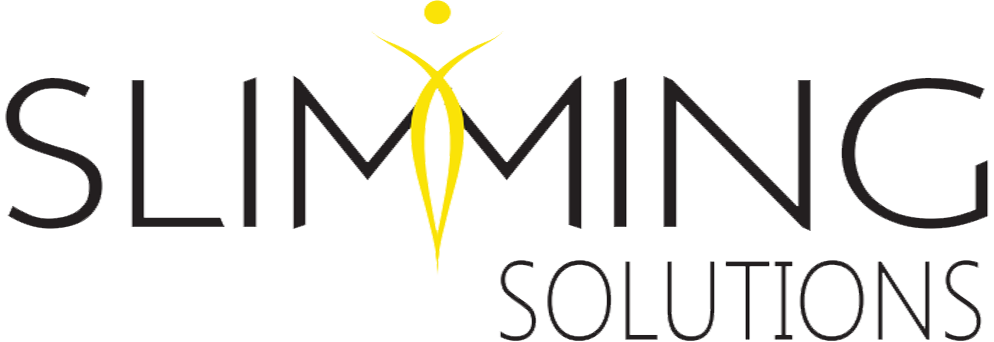
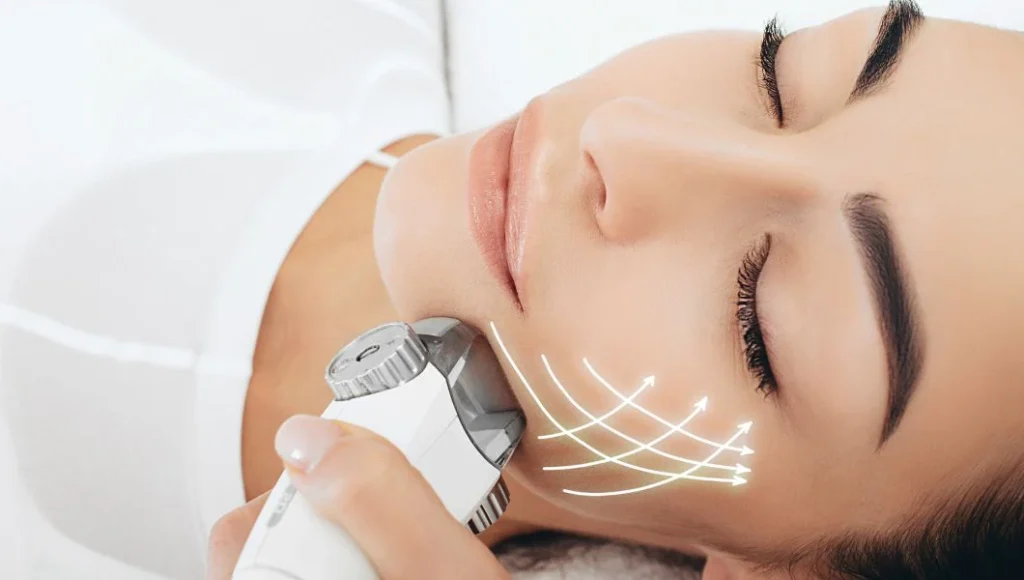
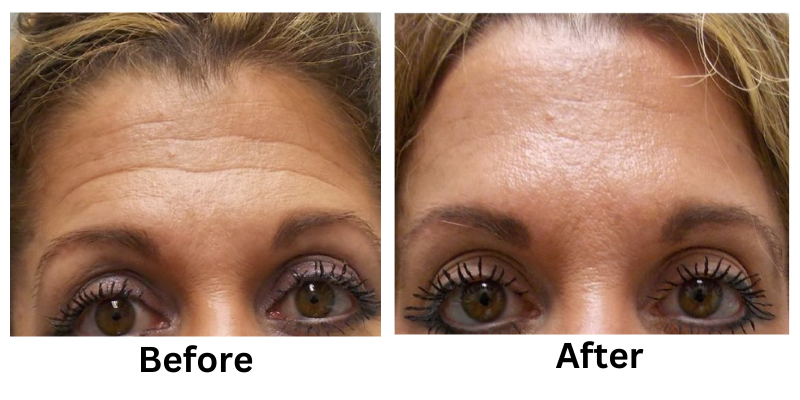
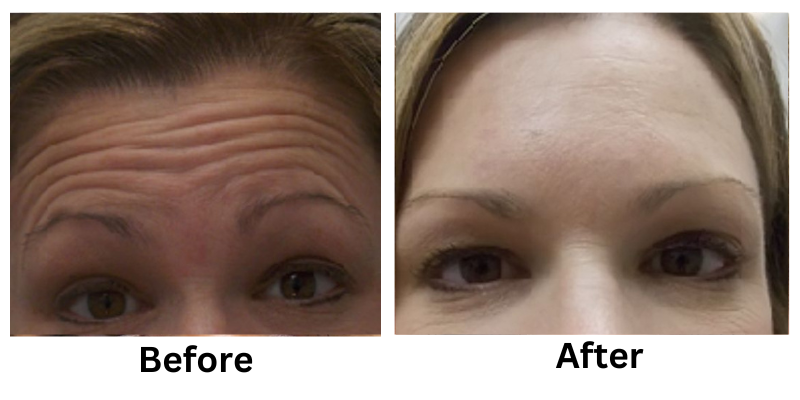
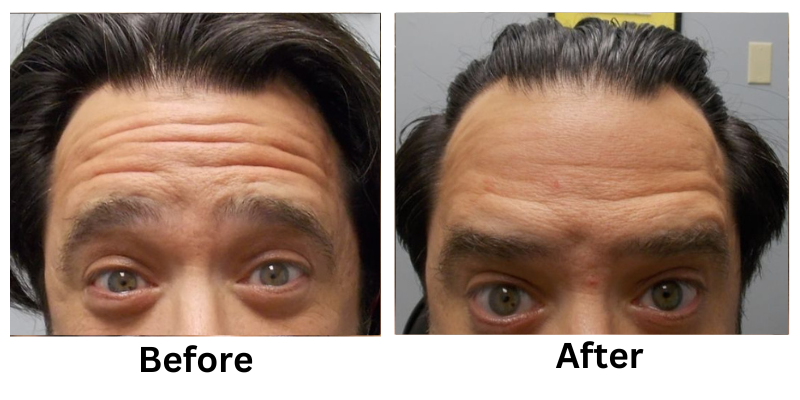
![[thumb]](https://slimmingsolutionsspa.com/wp-content/uploads/2023/12/botox1-150x150.png)
![[thumb]](https://slimmingsolutionsspa.com/wp-content/uploads/2023/12/Before2-150x150.png)
![[thumb]](https://slimmingsolutionsspa.com/wp-content/uploads/2023/12/Before3-150x150.png)
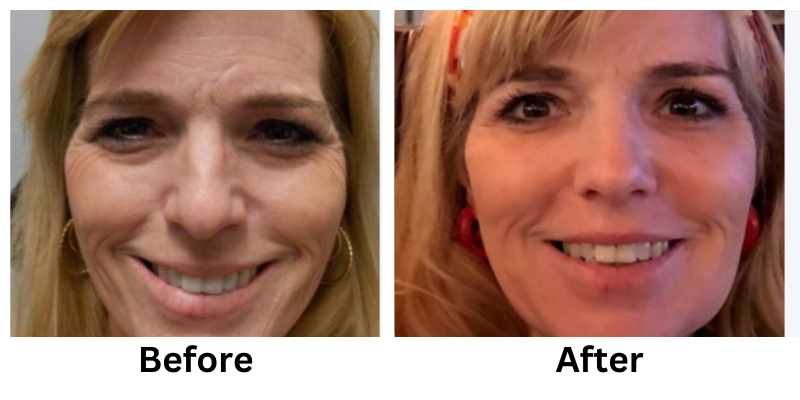
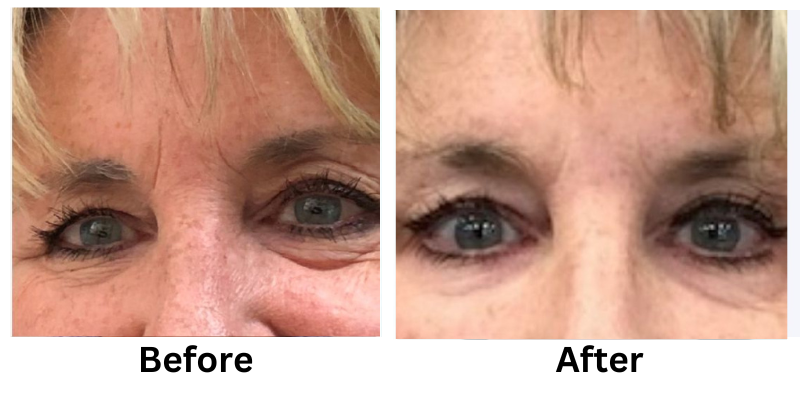
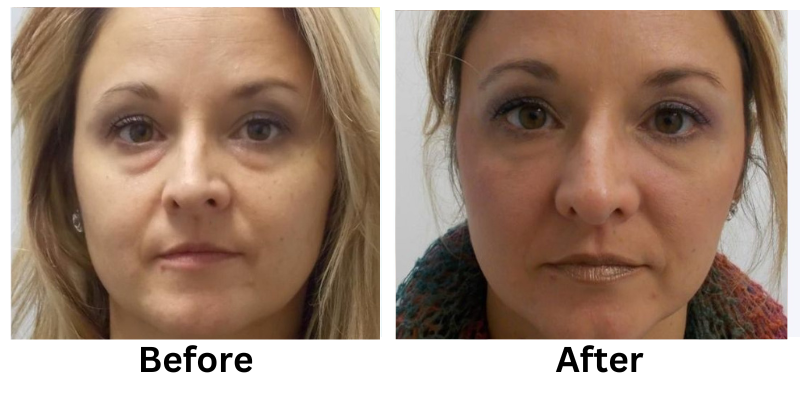
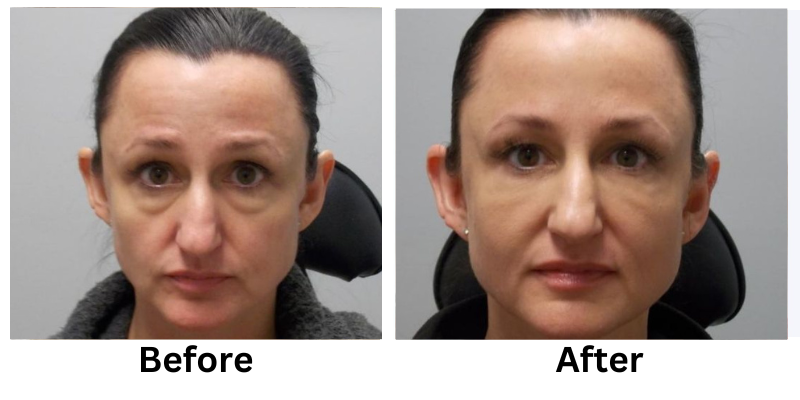
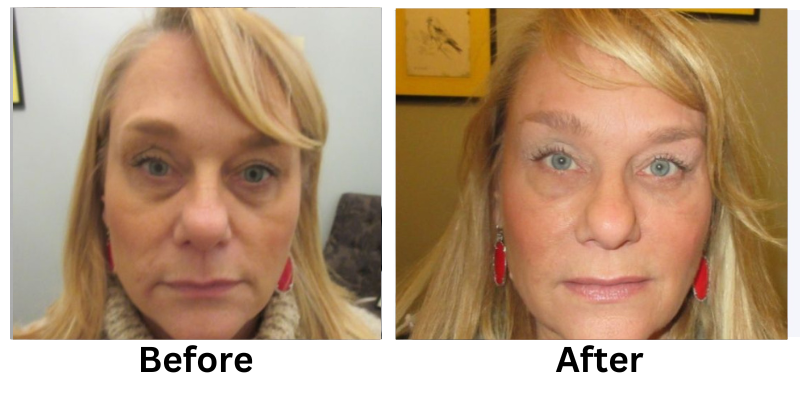


![[thumb]](https://slimmingsolutionsspa.com/wp-content/uploads/2023/12/revanesse-versa-1-150x150.png)
![[thumb]](https://slimmingsolutionsspa.com/wp-content/uploads/2023/12/revanesse-versa-2-150x150.png)
![[thumb]](https://slimmingsolutionsspa.com/wp-content/uploads/2023/12/revanesse-versa-3-150x150.png)
![[thumb]](https://slimmingsolutionsspa.com/wp-content/uploads/2023/12/revanesse-versa-4-150x150.png)
![[thumb]](https://slimmingsolutionsspa.com/wp-content/uploads/2023/12/revanesse-versa-5-150x150.png)
![[thumb]](https://slimmingsolutionsspa.com/wp-content/uploads/2024/01/Eyebrow-treatment-1-1-150x150.png)
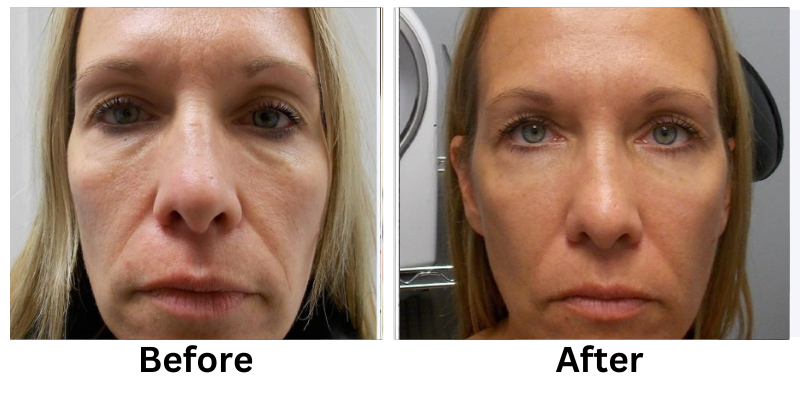
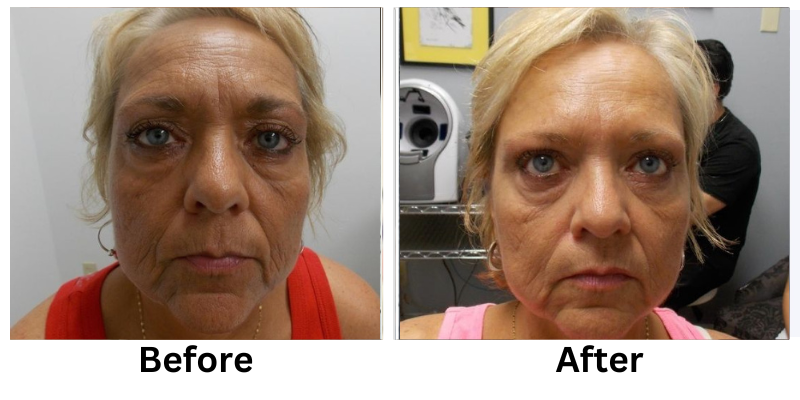
![[thumb]](https://slimmingsolutionsspa.com/wp-content/uploads/2023/12/Skin-Rejuvenation-1-150x150.png)
![[thumb]](https://slimmingsolutionsspa.com/wp-content/uploads/2023/12/Skin-Rejuvenation-2-150x150.png)


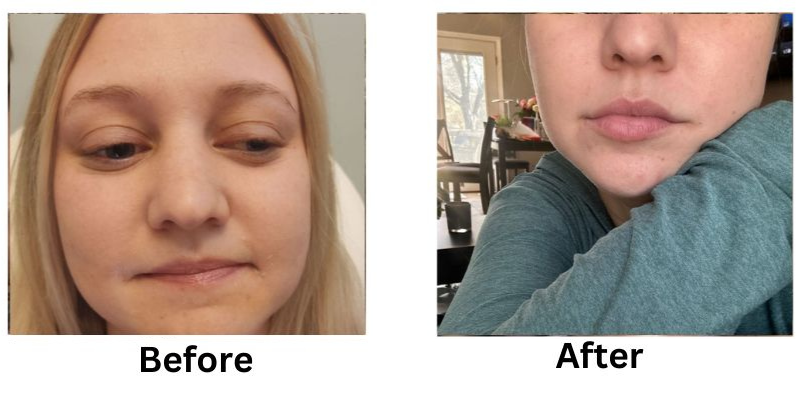
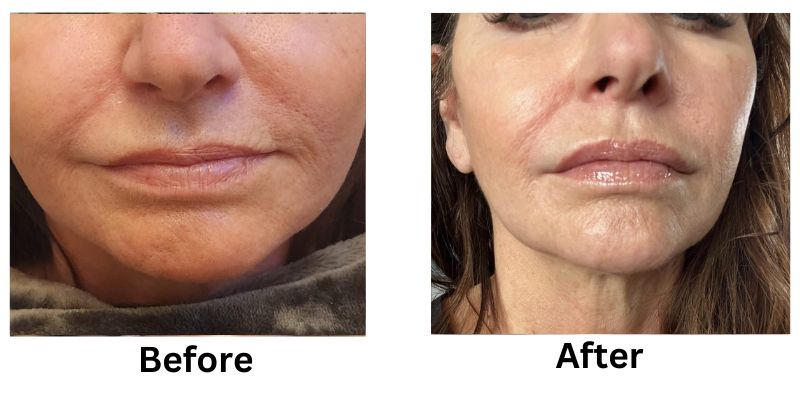
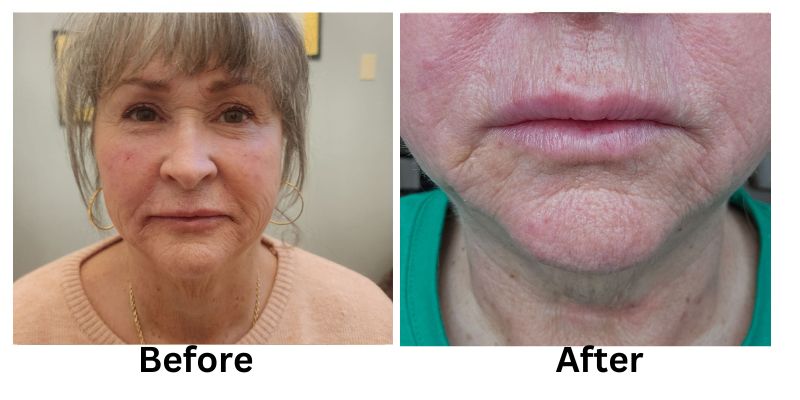
![[thumb]](https://slimmingsolutionsspa.com/wp-content/uploads/2024/01/Lip-Filler-1-150x150.png)
![[thumb]](https://slimmingsolutionsspa.com/wp-content/uploads/2024/01/Lip-Filler-2-150x150.png)
![[thumb]](https://slimmingsolutionsspa.com/wp-content/uploads/2025/02/Lip-Filler-1-150x150.png)
![[thumb]](https://slimmingsolutionsspa.com/wp-content/uploads/2024/01/Lip-Filler-150x150.jpg)
![[thumb]](https://slimmingsolutionsspa.com/wp-content/uploads/2024/01/Before-1-150x150.jpg)
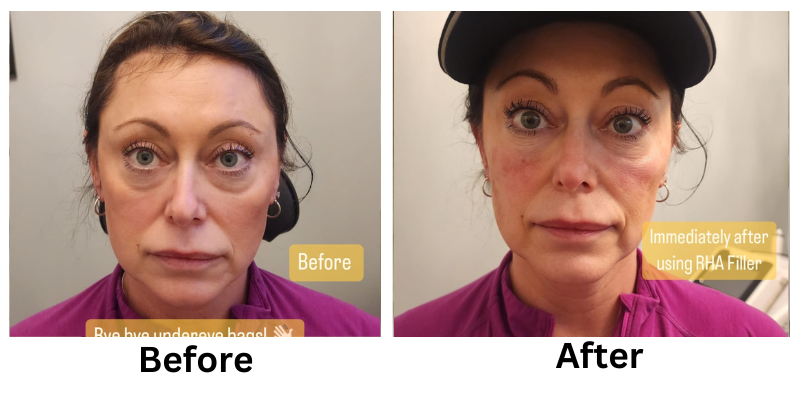
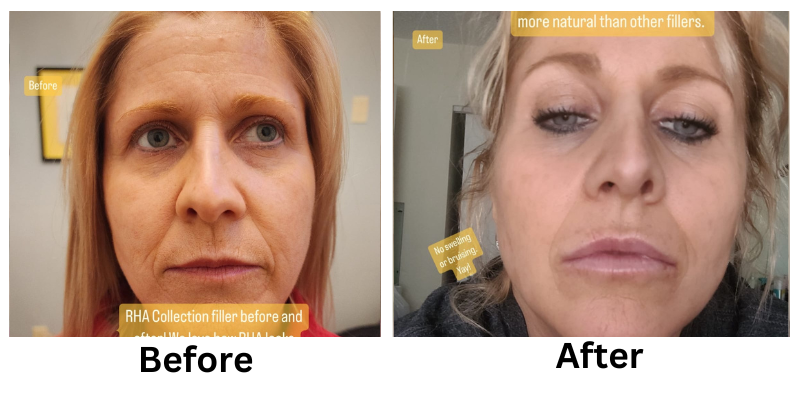

![[thumb]](https://slimmingsolutionsspa.com/wp-content/uploads/2024/01/RHA-Treatmetn-3-150x150.png)
![[thumb]](https://slimmingsolutionsspa.com/wp-content/uploads/2024/01/RHA-Treatmetn-2-150x150.png)
![[thumb]](https://slimmingsolutionsspa.com/wp-content/uploads/2024/01/RHA-Treatmetn-1-150x150.png)
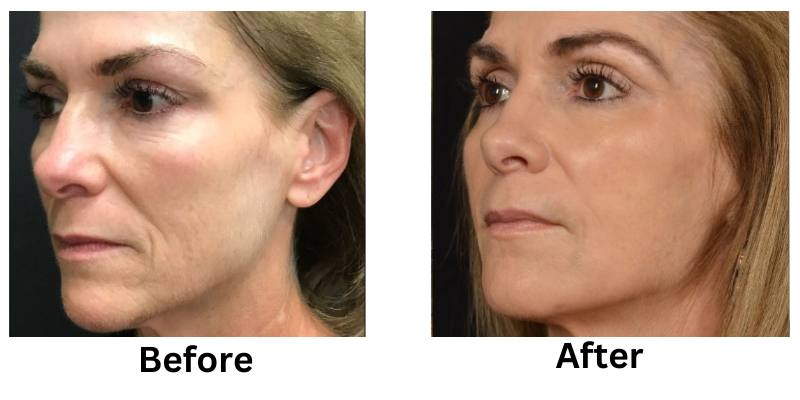
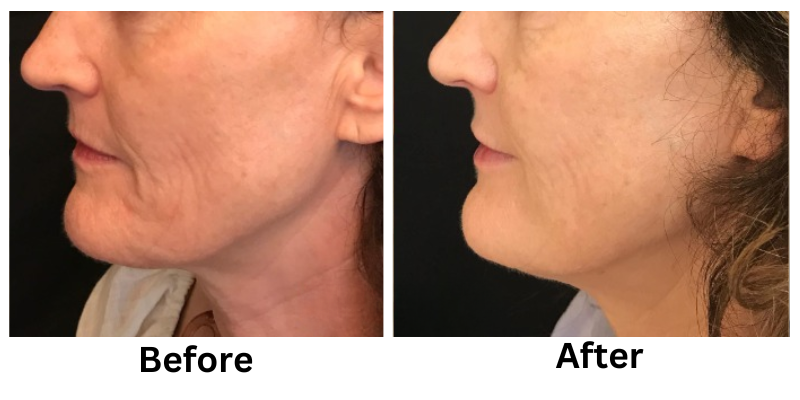
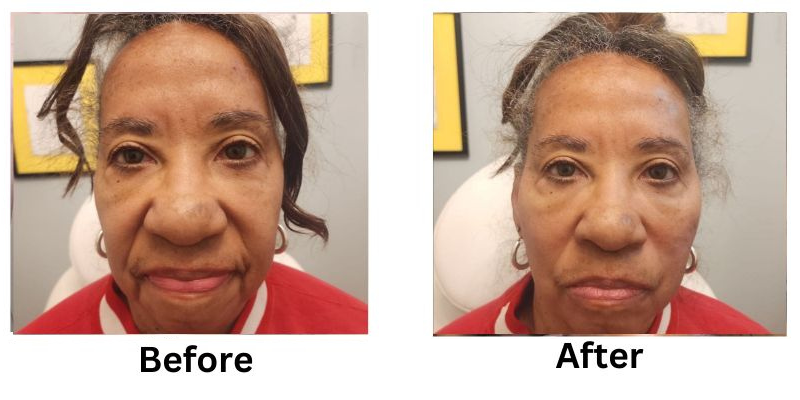
![[thumb]](https://slimmingsolutionsspa.com/wp-content/uploads/2024/01/Thread-Lifts-1-150x150.png)
![[thumb]](https://slimmingsolutionsspa.com/wp-content/uploads/2024/01/Thread-Lifts-2-150x150.png)
![[thumb]](https://slimmingsolutionsspa.com/wp-content/uploads/2025/02/Lip-Filler-2-150x150.png)
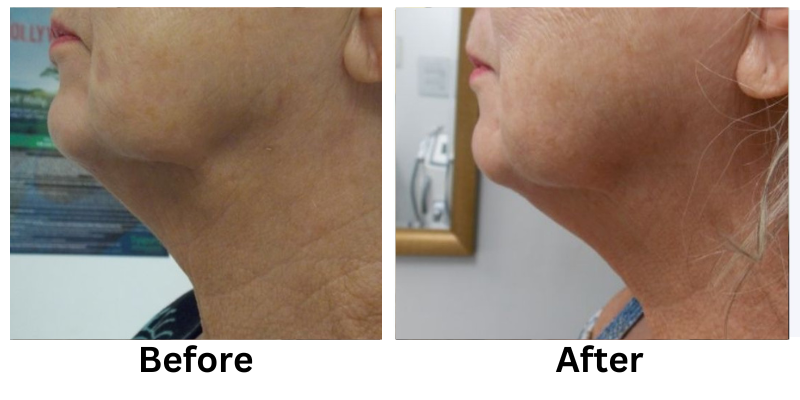
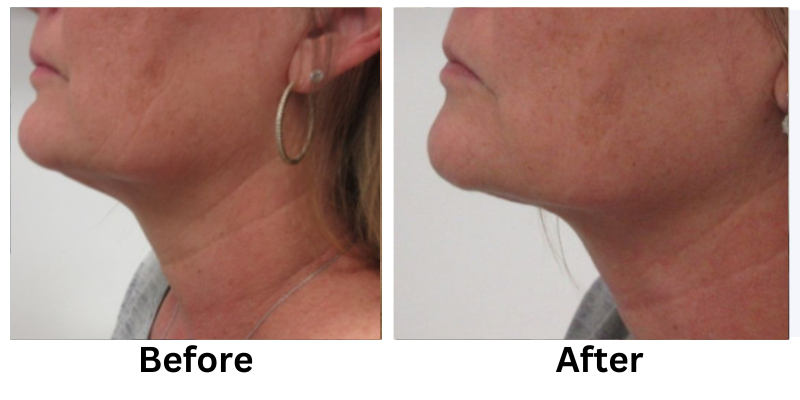

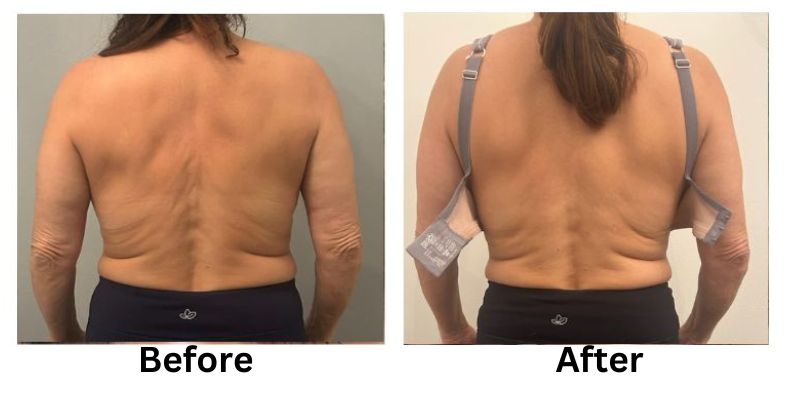
![[thumb]](https://slimmingsolutionsspa.com/wp-content/uploads/2023/12/skin-reuvulation1-150x150.png)
![[thumb]](https://slimmingsolutionsspa.com/wp-content/uploads/2023/12/skin-rejuvulation-2-150x150.png)
![[thumb]](https://slimmingsolutionsspa.com/wp-content/uploads/2023/12/Skin-Tighting-150x150.png)
![[thumb]](https://slimmingsolutionsspa.com/wp-content/uploads/2023/12/Before-150x150.jpg)
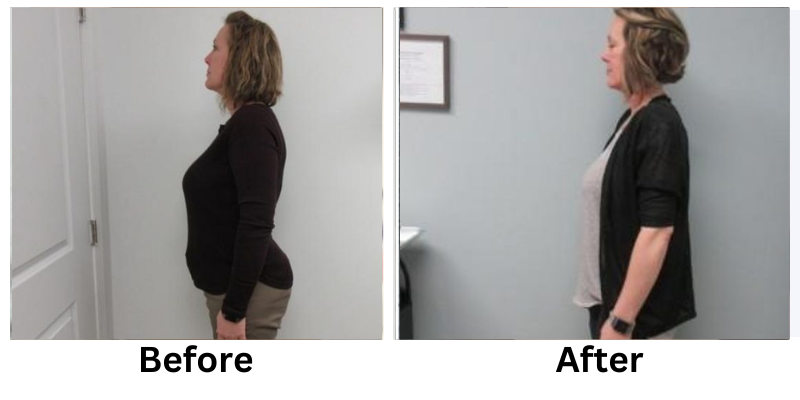
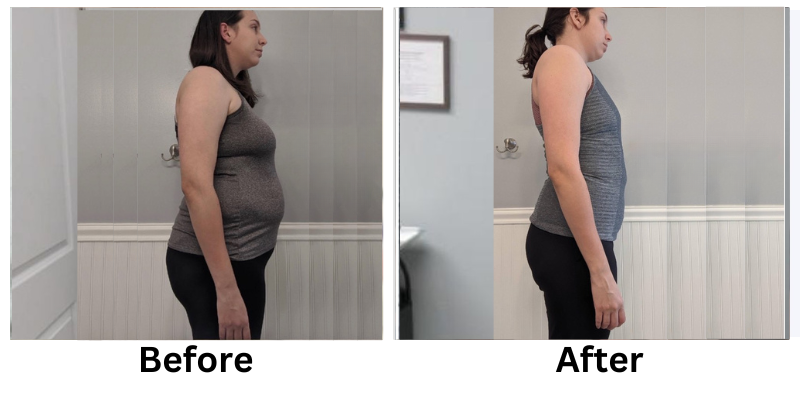
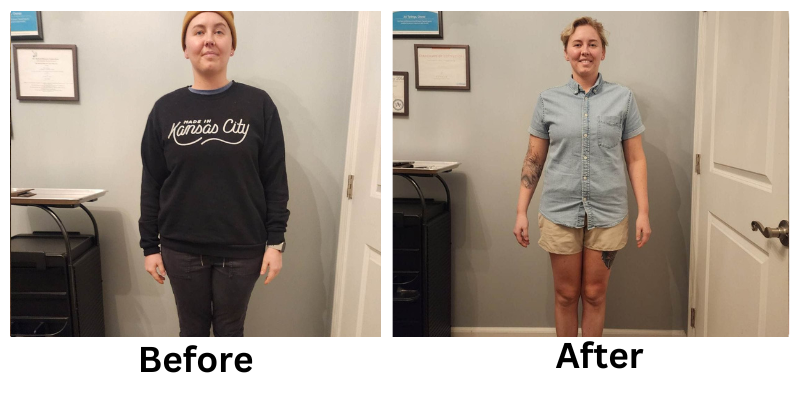
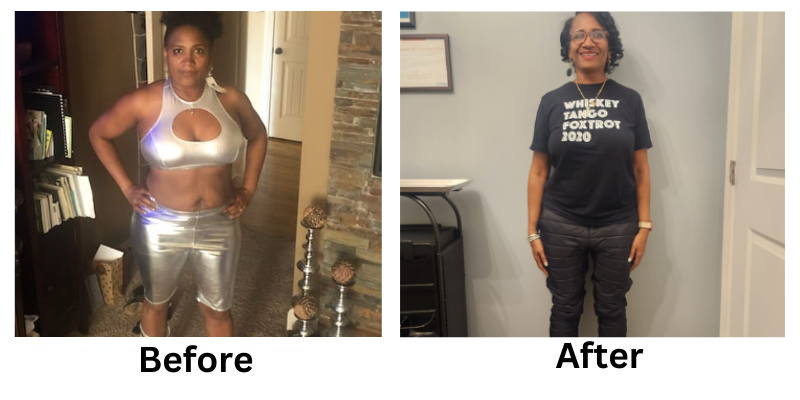
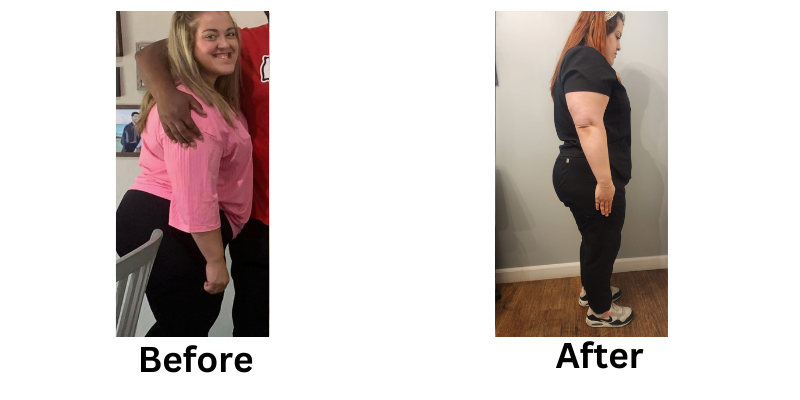
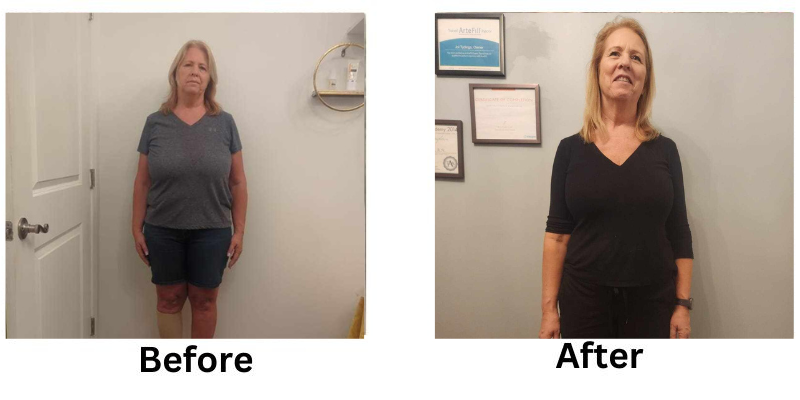
![[thumb]](https://slimmingsolutionsspa.com/wp-content/uploads/2023/12/weightloss-1-150x150.png)
![[thumb]](https://slimmingsolutionsspa.com/wp-content/uploads/2023/12/weightloss-2-150x150.png)
![[thumb]](https://slimmingsolutionsspa.com/wp-content/uploads/2023/12/2Weight-Loss-2-150x150.png)
![[thumb]](https://slimmingsolutionsspa.com/wp-content/uploads/2025/02/Weight-Loss-1-new-150x150.png)
![[thumb]](https://slimmingsolutionsspa.com/wp-content/uploads/2023/12/Weight-Loss-3-150x150.png)
![[thumb]](https://slimmingsolutionsspa.com/wp-content/uploads/2025/03/Slimming-Solutions-BA-Template-150x150.png)

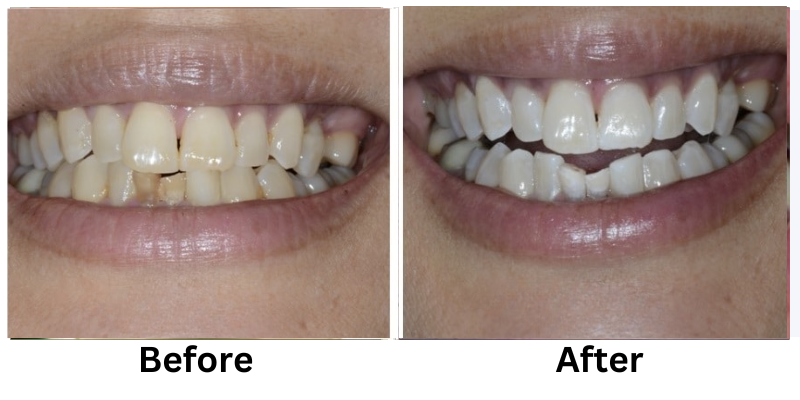
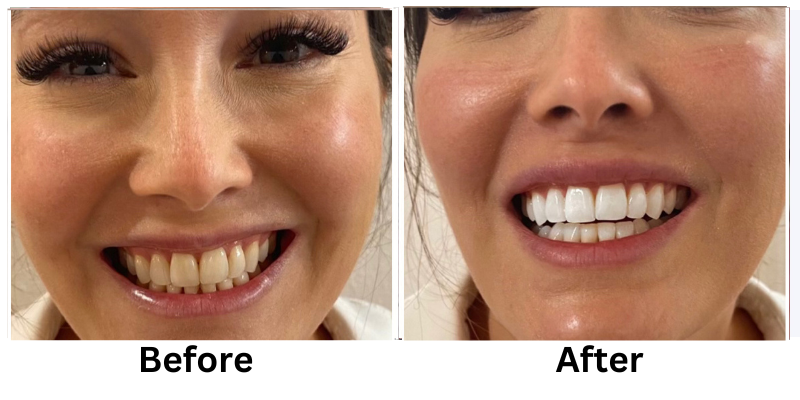

![[thumb]](https://slimmingsolutionsspa.com/wp-content/uploads/2023/12/dat3-150x150.png)
![[thumb]](https://slimmingsolutionsspa.com/wp-content/uploads/2023/12/dat-0-150x150.png)
![[thumb]](https://slimmingsolutionsspa.com/wp-content/uploads/2023/12/dat-1-150x150.png)
![[thumb]](https://slimmingsolutionsspa.com/wp-content/uploads/2023/12/Before-1-150x150.png)
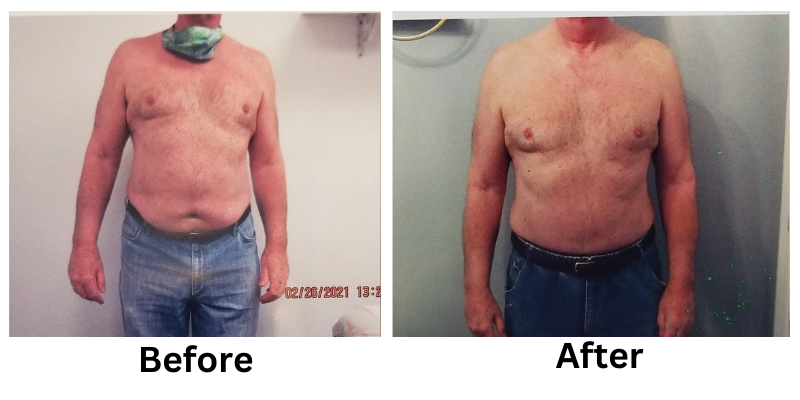

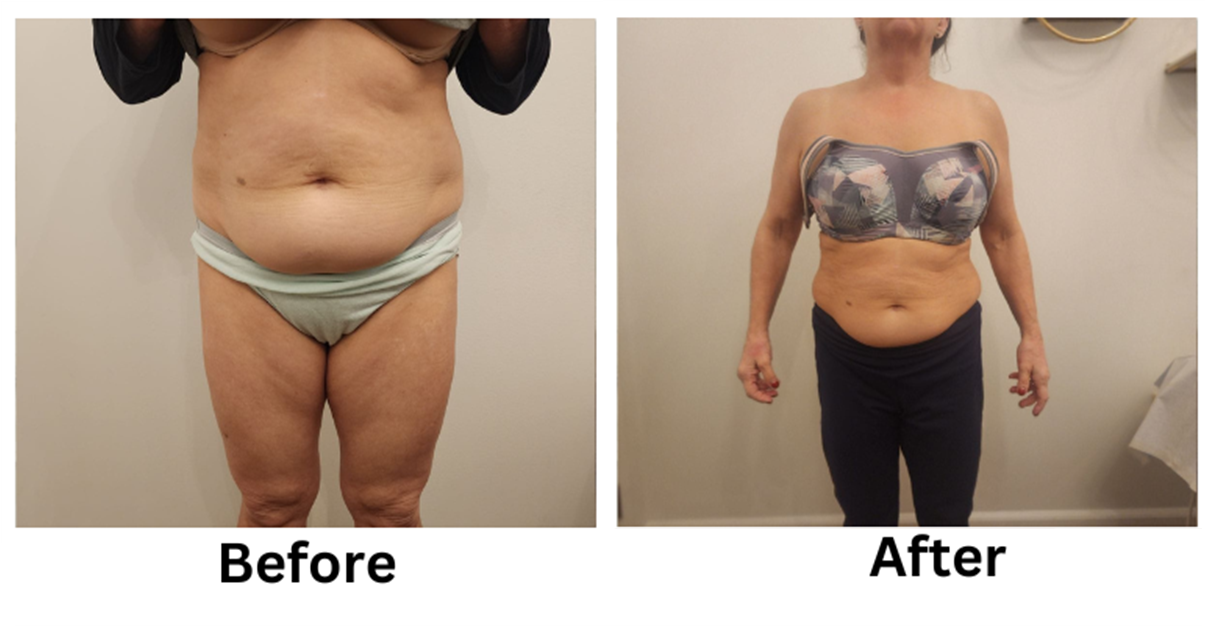
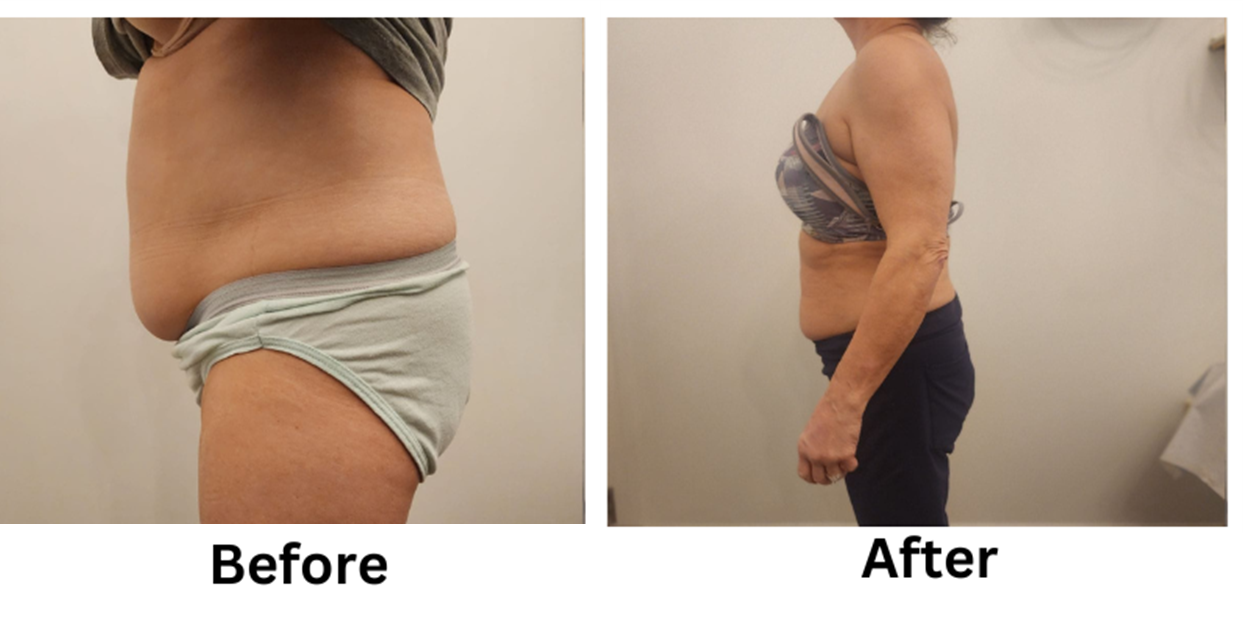
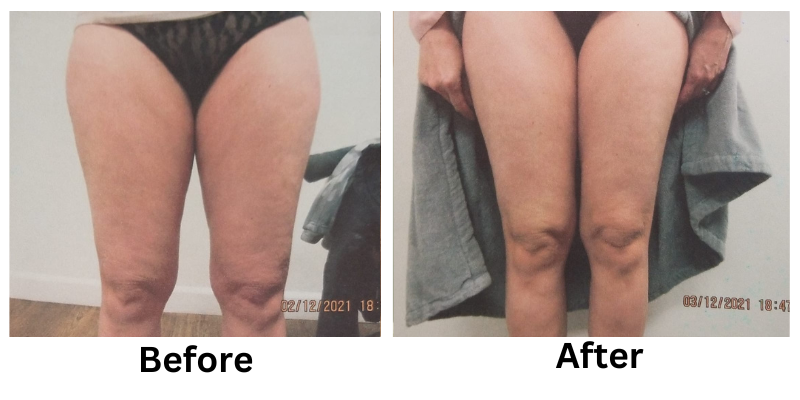
![[thumb]](https://slimmingsolutionsspa.com/wp-content/uploads/2024/01/EMS-Treatment-2-150x150.png)
![[thumb]](https://slimmingsolutionsspa.com/wp-content/uploads/2024/01/EMS-Treatment-1-150x150.png)
![[thumb]](https://slimmingsolutionsspa.com/wp-content/uploads/2025/02/ems-BNA-front-150x150.png)
![[thumb]](https://slimmingsolutionsspa.com/wp-content/uploads/2025/02/EMS-bna-SIDE-150x150.png)
![[thumb]](https://slimmingsolutionsspa.com/wp-content/uploads/2024/01/EMS-Treatment-6-150x150.png)

